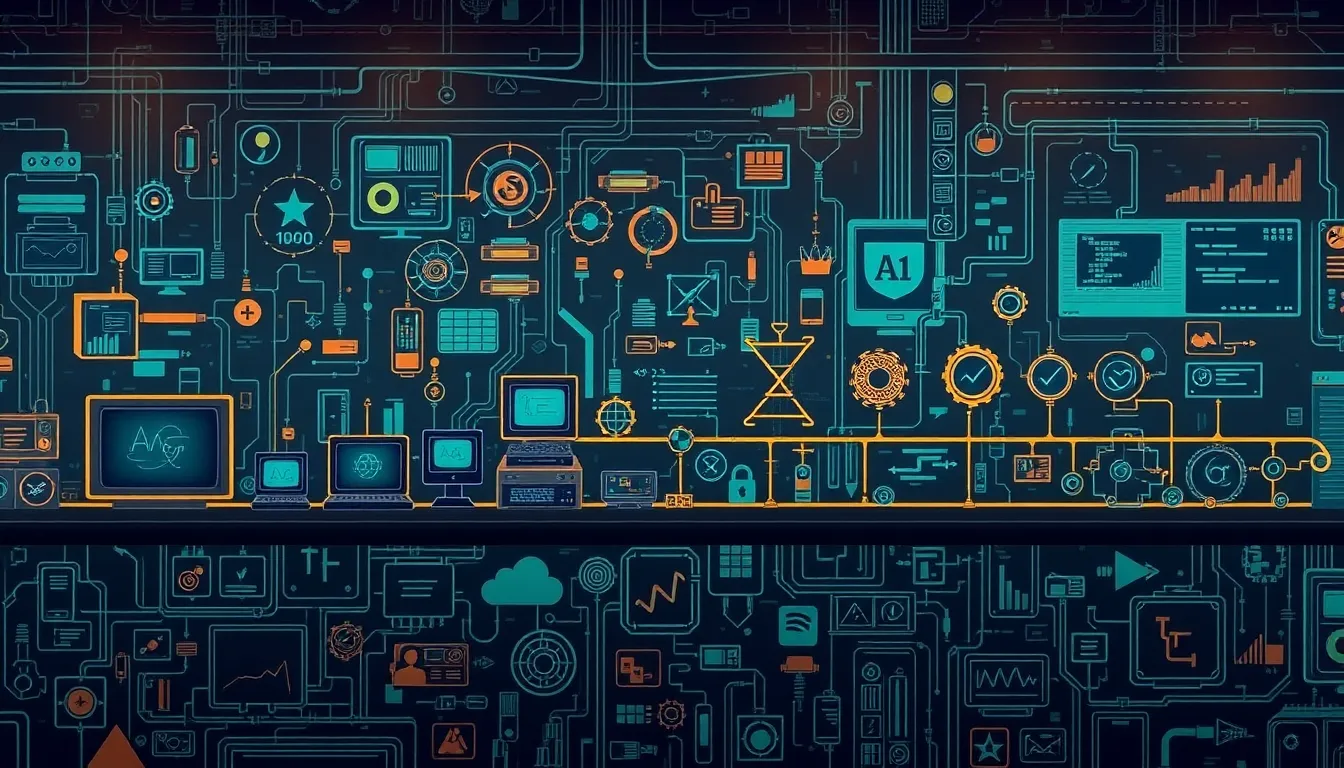In the vast universe of technology, programming languages are the stars that guide developers through the cosmos of coding. But just how many of these languages exist? The answer might surprise even the most seasoned techies. From the classics like Python and Java to quirky newcomers that sound more like a secret code than a language, the count is ever-growing.
Table of Contents
ToggleOverview of Programming Languages
Programming languages serve as vital tools for developers, enabling them to communicate instructions to computers. As of 2023, estimates suggest there are over 700 programming languages, though this number fluctuates as new languages emerge. Popular choices among developers include Python, Java, and JavaScript due to their versatility and extensive libraries.
Specialized languages also exist, catering to specific tasks. R, for example, focuses on statistical computing, and SQL serves as the standard for database management. Less conventional languages, such as Haskell, prioritize functional programming paradigms, attracting niche communities.
In addition to these well-known options, domain-specific languages (DSLs) enhance efficiency in particular fields. DSLs like HTML and CSS streamline web development, while MATLAB excels in engineering and scientific computations. Each programming language brings its own syntax and semantics, which can influence project outcomes.
Comparison between programming languages often highlights their performance, ease of use, and community support. For instance, languages like C++ are praised for speed, while Python is favored for its readability. Communities play a crucial role, as more robust support leads to richer resources and frameworks.
Choosing the right programming language can significantly impact software development. Factors influencing this decision include project requirements, team expertise, and existing codebases. Developers often analyze these criteria before selecting a language to ensure project success.
Historical Development of Programming Languages

Programming languages evolved significantly over the decades. They began as rudimentary systems for instructing machines but transformed into sophisticated tools for developers.
Early Programming Languages
Assembly language emerged in the 1940s, enabling direct communication with hardware through mnemonic codes. Fortran, introduced in the 1950s, marked the first high-level programming language, catering to scientific and engineering applications. COBOL followed in 1959, aimed at business data processing. These early languages laid essential frameworks that influenced later developments in programming.
Modern Programming Languages
The last few decades witnessed a rapid expansion in programming languages’ variety and capabilities. Python, Java, and JavaScript became indispensable due to their versatility and broad application. Ruby, introduced in the mid-1990s, emphasized simplicity and productivity. Additionally, languages like R and Go emerged to address specific needs in data analysis and concurrent programming. Each modern language aims to provide enhanced functionality, community support, and ease of use for developers across various domains.
Classification of Programming Languages
Programming languages fit into three major categories: low-level languages, high-level languages, and domain-specific languages. Each category addresses distinct needs and applications within the programming landscape.
Low-Level Languages
Low-level languages offer direct manipulation of hardware, making them essential for performance-critical applications. Assembly language, which operates closely with machine code, usually features minimal abstraction from the underlying architecture. These languages provide speed but require in-depth knowledge of computer systems. Their complexity often leads developers to prefer higher-level languages for general application development. Embedded systems and real-time applications commonly rely on low-level languages to optimize resource usage and execution times.
High-Level Languages
High-level languages prioritize developer productivity by providing extensive abstractions and user-friendly syntax. Languages such as Python, Java, and C++ simplify complex programming concepts, enabling swift application development. They facilitate easier debugging and code maintenance, which is critical in large projects. Encouraging modular programming, high-level languages come equipped with rich libraries and frameworks that support a variety of applications, from web development to data analysis. These languages often become the first choice for both beginners and experienced developers.
Domain-Specific Languages
Domain-specific languages (DSLs) target particular problem domains or industries, optimizing functionality for specific tasks. SQL, for example, serves as a powerful tool for database management with syntax tailor-made for querying and manipulating databases. Similarly, HTML and CSS cater to web development, specifying content structure and design elements. Common in specialized fields, DSLs often enhance efficiency and reduce code complexity, allowing developers to express ideas in a more focused manner. Industries such as finance, scientific research, and web design may rely heavily on such languages to streamline processes and improve output quality.
Estimating the Number of Programming Languages
Estimating the number of programming languages involves several considerations. The landscape includes popular options and many specialized and experimental languages.
Factors Influencing Language Count
Various factors influence the total number of programming languages. Development goals drive the creation of new programming languages. Diverse application areas, from web development to data analysis, demand tailored solutions. Community interest affects longevity; languages that gain traction often thrive. Evolution in technology also plays a crucial role, as languages continually adapt to new paradigms. Industry trends, such as AI and big data, inspire launches of specialized languages.
Popular Programming Languages Today
Several programming languages dominate the developer community today. Python earns a reputation for its ease of use and versatility. Java remains a favorite for enterprise applications due to its portability. JavaScript powers web development, enabling interactive user experiences. C++ attracts those needing performance and control over system resources. R sees popularity in data analysis and statistical computing. Each language satisfies specific needs, contributing to a rich ecosystem of over 700 languages in use.
The landscape of programming languages is vast and ever-evolving. With over 700 languages available today developers have an incredible array of tools at their disposal. Each language serves unique purposes catering to different needs and preferences.
As technology advances and new challenges arise the demand for specialized languages will likely continue to grow. Understanding the strengths and weaknesses of various programming languages is essential for making informed decisions in software development.
Ultimately the choice of language can significantly impact project success and efficiency. Embracing this diversity allows developers to find the right fit for their specific goals and objectives.






